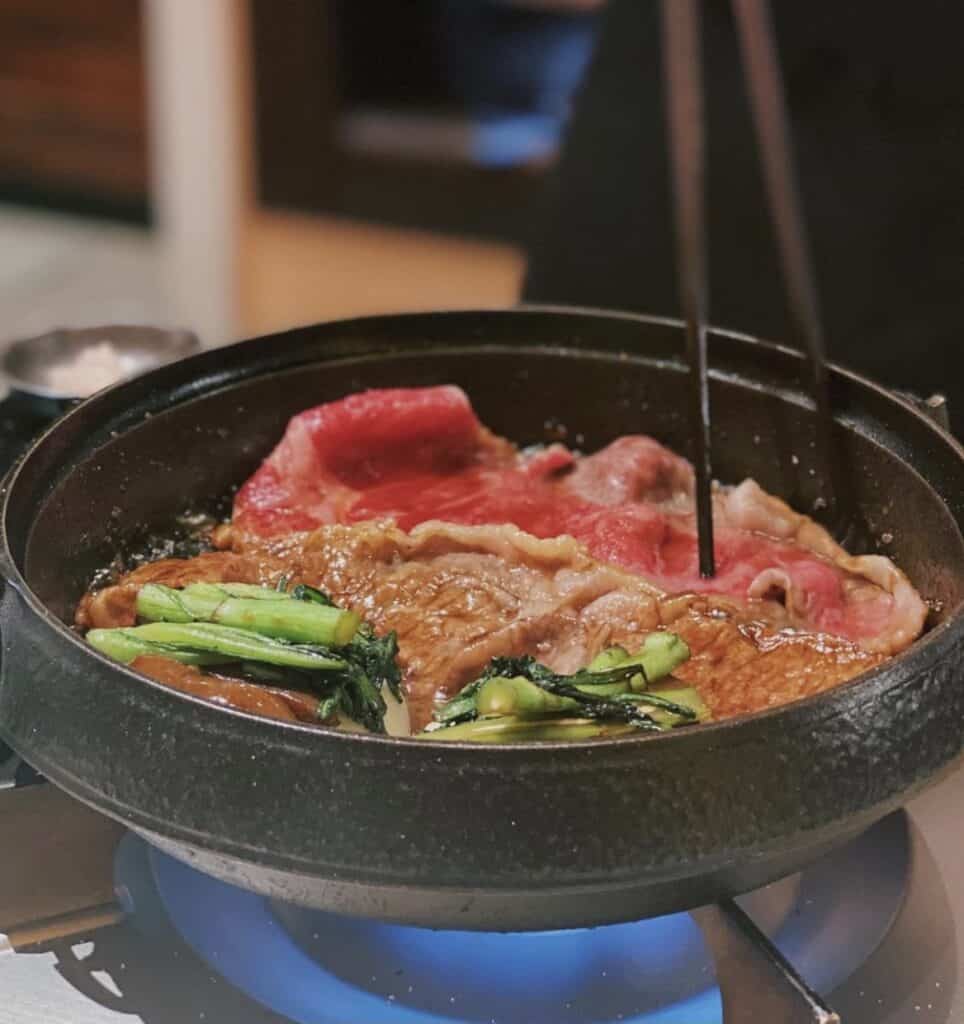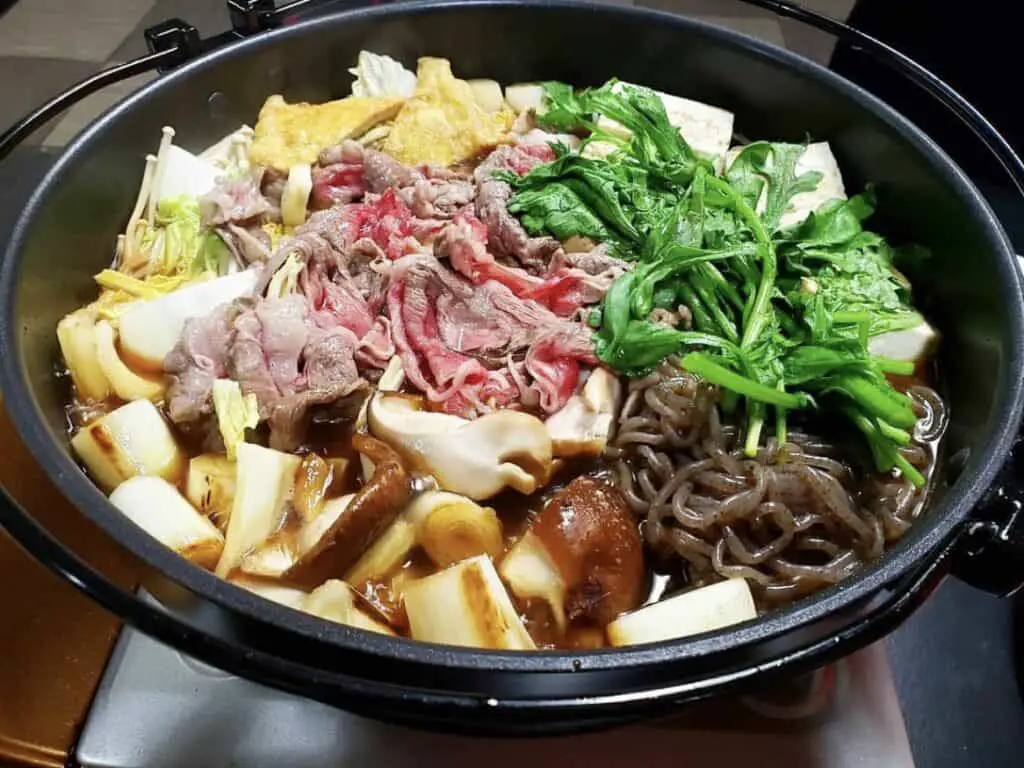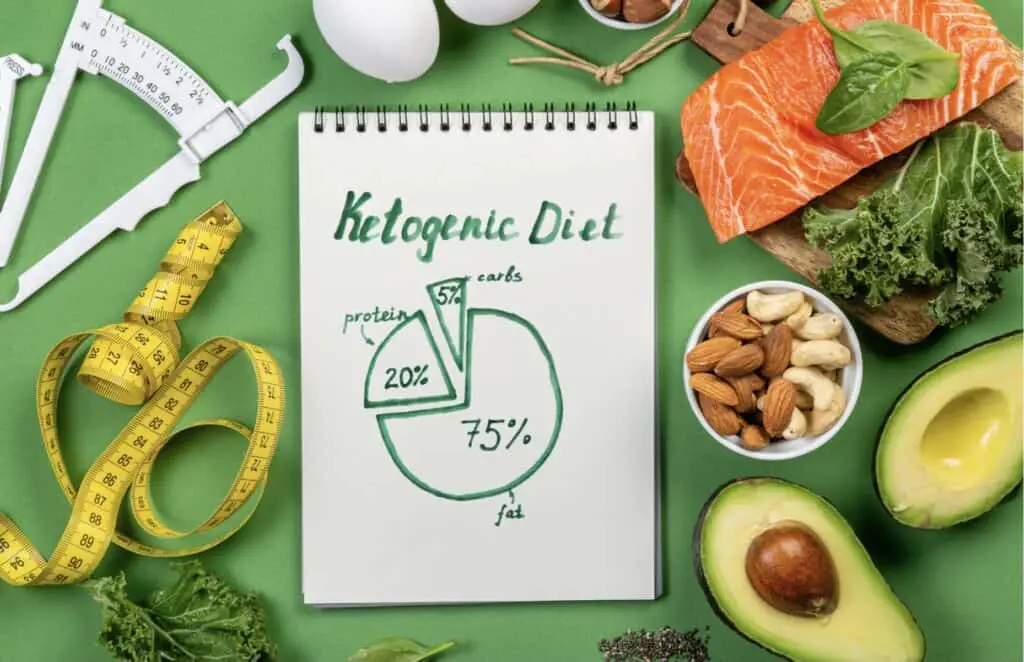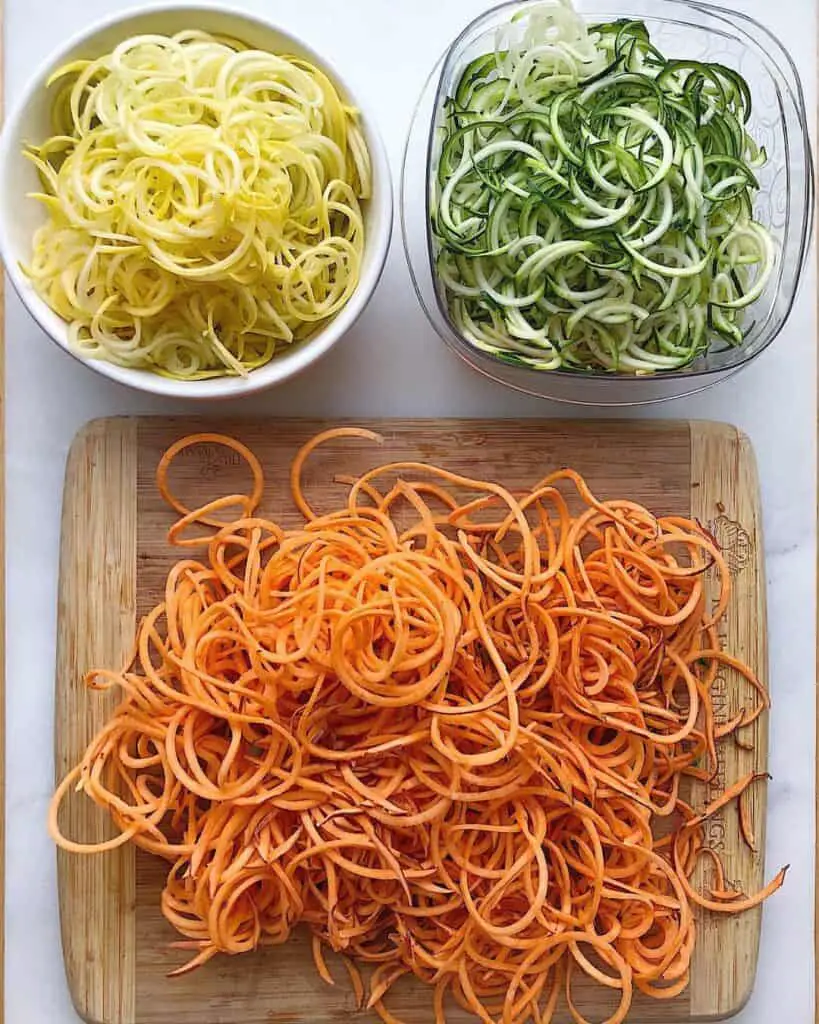Sukiyaki is a famous Japanese dish that’s made in the classic Nabemono or “hot pot” style. It traditionally consists of beef and fresh vegetables that are cooked in a broth of traditional Japanese seasonings. Depending on the regional style, sukiyaki is often served in a broth with thick udon wheat noodles.
If you’re on a keto diet and you love Japanese food, then you’re probably wondering if Sukiyaki is allowed on keto.
Yes, Sukiyaki is keto friendly. The only thing that you need to be careful of while eating sukiyaki on a keto diet is the traditional udon noodles. Although not all Japanese restaurants add udon noodles to their sukiyaki, many of them do.


However, you can usually ask for your sukiyaki to be served without noodles or make your own sukiyaki without needles!
In today’s post, I’m going to discuss some of the history behind sukiyaki, talk about the common restrictions you must follow while on a ketogenic diet, and show you how to make your own low-carb or carb-free sukiyaki at home using simple ingredients that you can purchase at your local supermarket! Let’s take a look.
Sukiyaki And Ketogenic Diets
Sukiyaki is a form of nabemono. Nabemono is a style of Japanese cooking that translates literally to “stuff in a pot.” The closest comparison in America is the idea of a stew. American stews are typically made from a homemade broth where meat, vegetables, and sometimes noodles or rice are added.
In the Japanese nabemono style of cooking, thinly-sliced meat is slow-cooked in a traditional Japanese broth. As the meat begins to cook, vegetables are added in along with more seasoning. Finally, as the hot pot ingredients begin to near completion, many Japanese chefs add in noodles (typically udon or ramen noodles).

As I mentioned, sukiyaki is a specific type of nabemono in the same way that American “gumbo” is a form of stew. Sukiyaki traditionally combines the following ingredients in a large hot pot:
- Beef
- Cabbage (Chinese Cabbage)
- Scallions (called Negi)
- Shungiko (a flowering herb native to East Asia.)
- Shiitake mushrooms
The broth itself is usually made out of the following mixture:
- Soy sauce
- Sugar
- Mirin (A Japanese rice wine used for cooking. Think “white wine vinegar.”)
As I mentioned, many sukiyaki dishes also add noodles towards the end of the cooking process to give texture to the dish and to help absorb some of the broth. The most common noodles used in sukiyaki are udon or “glass” noodles (clear noodles made from starch and water).
However, there are certain regions of Japan where it’s traditional to eat sukiyaki without noodles. In these regions, the chef typically serves a side of battered egg yolks to dip the cooked beef in before consuming.
What Is A Ketogenic Diet?

The ketogenic diet (or “keto,” for short) is a diet that involves consuming minimal carbohydrates. Carbs are simple sugars that are found in foods such as bread, sugar, rice, noodles, and fruits. When you stop consuming carbs for an extended period of time (usually a week or two), your body enters a natural state known as “ketosis.”
Once your body is in ketosis, it metabolizes body fat quicker than it otherwise would. This means that the keto diet is an excellent choice for those looking to lose fat quickly without restricting their caloric intake as much as they would on a traditional diet.
Keto diets usually promote eating lots of protein-rich and fatty foods, including:
- Beef
- Chicken
- Pork
- Cheese
- Eggs
- Butter
- Nuts
- Etc.
As you can imagine, this particularly appeals to Americans who are notorious for their love of butter, bacon, and steak. The appeal is that dieters can eat many of their favorite fatty foods as long as they avoid carbs altogether.
How Many Carbs Can You Eat On Keto?
Although individual carbohydrate needs differ from one person to another, most ketogenic diets suggest consuming less than 50 grams of carbohydrates every day. For perspective, the average slice of bread or tablespoon of white sugar has around 15 grams of carbs.
A single serving of udon noodles (150 grams) contains around 45 grams of carbohydrates. As you can tell, just a small serving of noodles can easily knock your body out of ketosis and cause it to start storing fat again.
This is why you should always avoid noodles if you want to eat sukiyaki on a keto diet!
How To Make Keto-Friendly Sukiyaki
Sukiyaki is traditionally consumed around the New Year holiday and is a family favorite since it’s not commonly served during the spring and summer seasons. If you fancy yourself a decent cook, though, you can prepare your own sukiyaki at home using simple ingredients that you can find in your local Asian supermarket!
Here’s a quick recipe that you can use to make your own keto-friendly sukiyaki at home!
Substitutes For Udon Noodles
As I mentioned earlier, it’s best to avoid all noodles with your sukiyaki dish. However, if you’re still set on consuming noodles, at least try one of the low-carb noodle options below.
Use Vegetable Noodles

You can try veggie noodles that are made from zucchini, carrots, or peas. They don’t taste the same but provide a similar texture and are low-carb.
Use Keto-Friendly Instant Ramen
Keto-friendly ramen or shirataki noodles are vegetable-based noodles made in the same style as ramen.
Step 1: Heat Your Broth
Step one is to heat up your broth mixture, including your soy sauce, mirin, and a dash of sugar (don’t use too much or substitute with a natural sweetener such as stevia).
Step 2: Cook The Beef
Once the broth begins to heat, add your thin-sliced beef to the broth and let it simmer.
Step 3: Add-In Thick Vegetables
As the beef is nearing completion, add your thicker vegetables such as cabbage that take longer to cook.
Step 4: Add Light And Thin Veggies Last
Once everything is soft and edible, add your mushrooms, herbs, and scallions during the last five minutes of heating.
Step 5: Cool And Eat!
Once it’s all complete, let the broth cool a little, and then serve it and eat! You can always prepare a side of noodles in a separate dish to serve your non-keto friends and family.